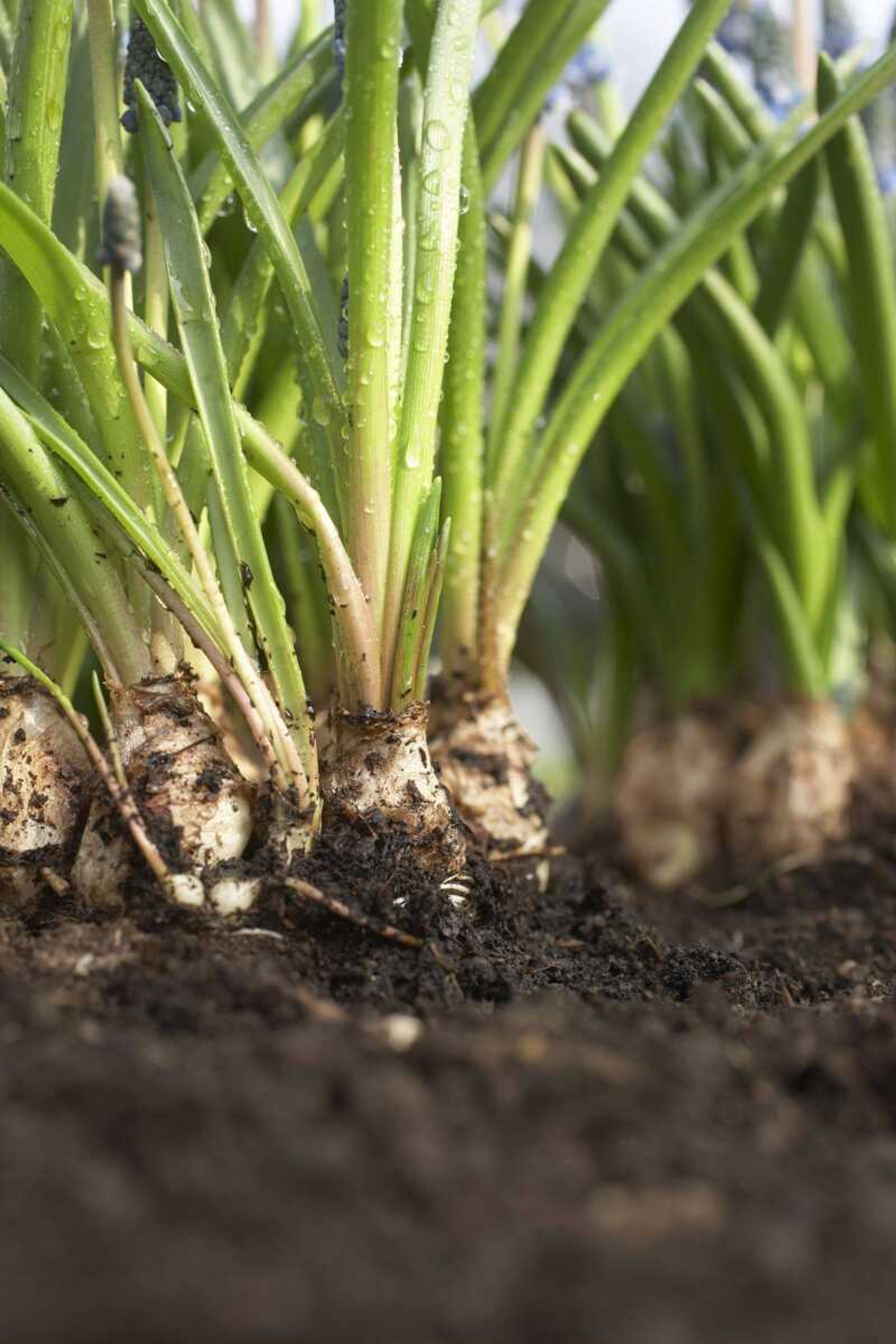Fall is the time for planting cool season grasses, mums and trees. But from the conversations I am having with gardeners, there is also a lot of interest in planting or digging bulbs. Unfortunately, there seems to be a lot of confusion as to when to plant what and when to dig up what. So I will try to give you a simple bulb timetable.
If you go to a garden center right now, you will find the shelves filled with "fall bulbs," otherwise known as spring blooming bulbs. Among these are tulips, daffodils, hyacinths and crocus. These bulbs are often grown in Europe and are allowed to bloom in the spring. After bloom, the foliage remains green for a while and then starts to die. At this point in time, the bulbs are dug, cleaned for storage, and prepared to ship to the United States. You can follow the same routine they do in Europe.
If you want to plant fall bulbs this year, keep in mind the following schedule.
Purchase them now. The selection will be the best because the shipments of bulbs have just hit the garden center shelves.
After purchase, keep them in a cool, dry and dark location until late October or November. Plant them when the soil is cold. If you plant them too early in the fall, their leaves will emerge this fall rather than next spring. The leaves and bulb could be damaged during the winter.
Summer bulbs such as elephant ears, gladiolas, cannas and callas should be dug and divided just before the first frost of the fall. They could freeze during an extremely cold winter. Be sure to cut off all of the foliage and then store the cleaned bulbs in a cool, dry and dark location until you plant them again next spring.
Iris and surprise lily should be dug this fall, divided and then replanted this fall.
When it comes to planting, use the same procedure for all of the bulbs mentioned above. First, amend the soil where you are planting your bulbs with organic matter such as peat moss, compost or manure. I suggest two-thirds soil to one-third organic matter. The organic matter will make clay soils more tillable, while helping sandy soils hold more moisture.
Next, plant the bulbs at the appropriate time. You should also plant the bulbs at the appropriate depth. My rule of thumb is plant the top of the bulb at a depth equal to the diameter of the bulb. If the bulb is two inches in diameter, then plant the top of the bulb two inches below the soil surface.
Irises are one exception to the depth planting rule of thumb. They should be planted at or near the soil surface because they don't like having their "bulbs" buried in the soil.
After planting, water in the bulbs with soluble fertilizer mixed with water. The fertilizer should be high in the middle number phosphorous, such as 9-59-8. Use enough fertilizer solution to make the soil soggy. The phosphorous encourages the bulbs to produce roots.
Hopefully the timetable suggested above will help you navigate the seemingly confusing information concerning planting and digging bulbs. Enjoy the beauty next spring.
Send your gardening and landscape questions to Paul Schnare at P.O. Box 699, Cape Girardeau, MO 63702-0699 or by e-mail to news@semissourian.com.
Connect with the Southeast Missourian Newsroom:
For corrections to this story or other insights for the editor, click here. To submit a letter to the editor, click here. To learn about the Southeast Missourian’s AI Policy, click here.










